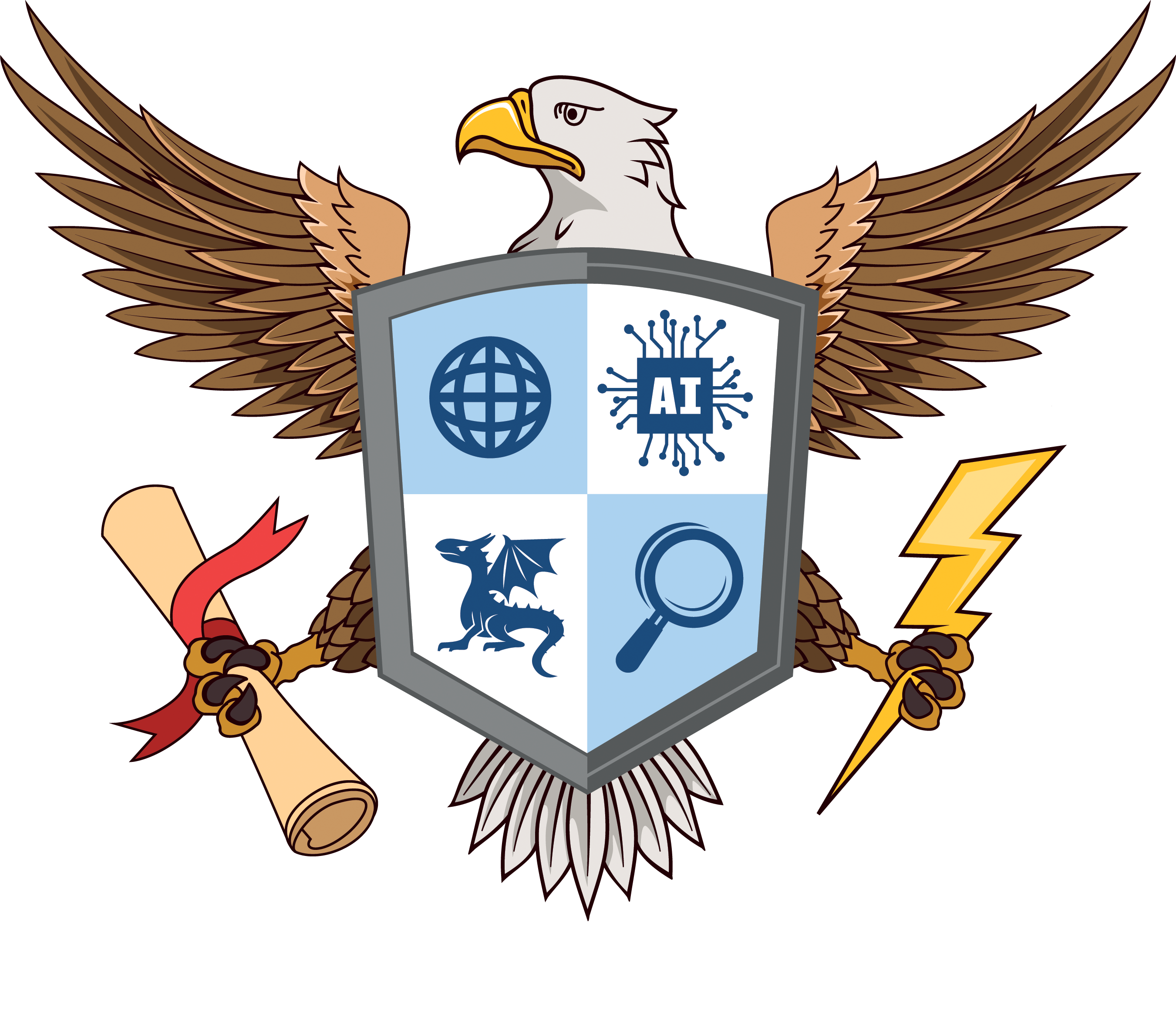Supercharge your defense operations with NDL solutions. Dive into a partnership that expands your team's cognitive reach. Ready to amplify your project's impact?
Autonomous Operations in Space: Navigating the Final Frontier

As humanity pushes the boundaries of space exploration, the need for autonomous operations in space missions has become increasingly critical. The vast distances, communication delays, and unpredictable space environments make real-time human intervention difficult, if not impossible, during many mission phases. Autonomous navigation and decision-making capabilities are essential to ensure the success and safety of missions, particularly as we venture further into deep space. National Defense Lab's Project Stellar is at the forefront of developing these technologies, aiming to revolutionize how we approach space exploration and operations.
The Challenges of Deep-Space Operations
Deep-space missions present unique challenges that necessitate advanced autonomous systems. One of the primary issues is the communication delay between Earth and spacecraft. For instance, depending on the planets' relative positions, a signal can take up to 24 minutes to travel from Mars to Earth. This delay makes real-time control of spacecraft impractical, requiring spacecraft to be equipped with the ability to make critical decisions independently.
Additionally, space's harsh and unpredictable conditions demand robust systems capable of operating under extreme circumstances. Spacecraft must navigate through radiation belts, avoid space debris, and adapt to the gravitational forces of different celestial bodies. The further we explore, the more complex these challenges become, making autonomy beneficial and essential.
The Role of Autonomous Navigation
Autonomous navigation is a key component of space operations, enabling spacecraft to determine their position and trajectory without relying on Earth-based systems. Traditional navigation methods often involve ground-based tracking stations that send signals to the spacecraft, which then triangulate their position. However, this method becomes less feasible as missions extend further into space, where signals weaken and delay longer.
Project Stellar is pioneering the development of autonomous navigation systems that utilize onboard sensors and algorithms to navigate spacecraft. These systems can analyze data from various sources, such as star trackers, inertial measurement units, and optical cameras, to determine the spacecraft's position and orientation. The spacecraft can adjust its course in real-time by continuously updating this information, ensuring accurate and efficient navigation even without human oversight.
One promising approach is the use of celestial navigation, where the spacecraft uses the positions of stars, planets, and other celestial bodies to calculate its location. Combined with machine learning algorithms, this method allows for more precise and reliable navigation in deep space. Additionally, these systems can be integrated with autonomous propulsion systems, enabling the spacecraft to perform complex maneuvers, such as orbital insertions and flybys, without human intervention.
Decision-Making Capabilities in Autonomous Systems
Beyond navigation, autonomous decision-making is crucial for the success of space missions. Spacecraft must be able to assess their environment, make decisions based on real-time data, and execute commands autonomously. This capability is particularly important during critical mission phases, such as landing on a planetary surface or conducting scientific experiments in orbit.
Project Stellar is developing advanced decision-making algorithms that allow spacecraft to evaluate multiple variables and scenarios to make the best possible decisions. These algorithms are designed to handle various tasks, from identifying and avoiding obstacles to managing energy resources and ensuring the spacecraft's systems remain operational.
For example, during a planetary landing, the spacecraft must analyze the surface to identify a safe landing site, considering terrain, slope, and potential hazards. It must then adjust its descent trajectory accordingly, all while managing fuel consumption and maintaining communication with Earth. Autonomous systems are equipped to handle these tasks, reducing the risk of human error and increasing the likelihood of a successful landing.
Machine Learning and Artificial Intelligence in Autonomous Operations
Machine learning (ML) and artificial intelligence (AI) are vital in enhancing space systems' autonomy. By training algorithms on vast datasets, these technologies can improve the spacecraft's ability to recognize patterns, predict outcomes, and adapt to changing conditions.
Project Stellar integrates ML and AI into its autonomous systems to enable spacecraft to learn from past experiences and optimize their performance over time. For instance, an autonomous system might analyze data from previous missions to refine its navigation algorithms, improving accuracy and efficiency in future missions.
AI-driven systems can also manage spacecraft health and diagnostics. By continuously monitoring the spacecraft's systems, AI can detect anomalies, predict potential failures, and initiate corrective actions before a problem escalates. This proactive approach enhances the spacecraft's resilience and reduces the need for costly and time-consuming interventions from Earth.
The Future of Autonomous Space Missions
As space exploration continues to evolve, the role of autonomous systems will only become more significant. Future missions to the Moon, Mars, and beyond will rely heavily on these technologies to overcome the challenges of deep space and achieve their objectives.
One exciting prospect is the potential for fully autonomous spacecraft that can explore distant solar system regions with minimal input from Earth. These spacecraft could conduct scientific research, gather data, and establish preliminary infrastructure for future human missions. By leveraging AI and autonomous technologies, we can expand our reach in space and unlock new possibilities for exploration and discovery.
Furthermore, autonomous systems will be crucial in supporting human missions to Mars and other celestial bodies. As astronauts venture further from Earth, they will rely on autonomous systems to assist with navigation, resource management, and safety. These systems will act as partners in exploration, enabling humans to focus on the most critical aspects of their mission while autonomous systems handle routine and complex tasks.
Conclusion
Autonomous operations represent a transformative shift in how we approach space exploration. As missions extend further into the cosmos, the need for reliable, intelligent, and adaptable systems becomes increasingly apparent. Project Stellar is leading the way in developing these technologies, ensuring that future space missions can navigate, make decisions, and operate independently in space's vast and unpredictable environment.
By advancing autonomous navigation and decision-making capabilities, we can push the boundaries of exploration and unlock new frontiers in space. As we look to the future, integrating autonomous systems will be key to achieving our most ambitious goals and ensuring the success of missions that take us further than ever before.



